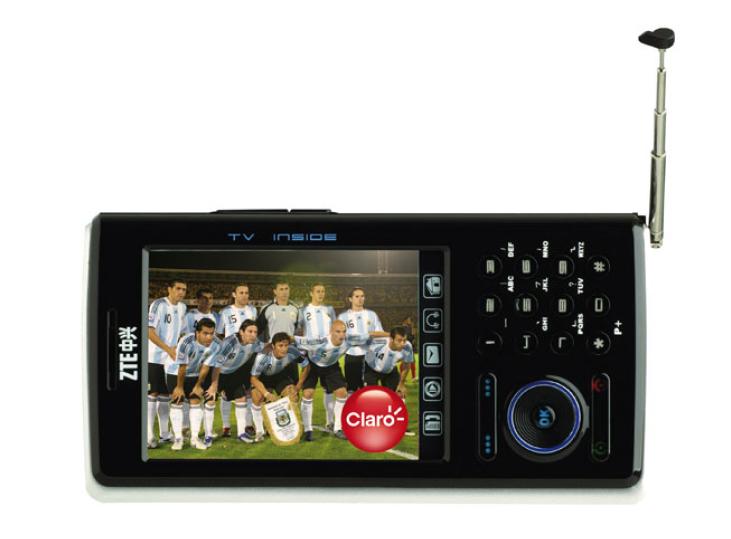Free Analog Mobile TV Bodes Well for Digital Version
SUNNYVALE, CALIF.: The global uptake of free analog mobile TV is a good sign that the digital iteration will be successful. That’s Telegent’s takeaway from a recent survey from In-Stat forecasting that the world’s analog mobile TV user base will reach 54 million by the end of this year. Telegent is a fabless semiconductor company that provides mobile TV chips for handsets, laptops and other portables.
“Telegent believes the free-to-air mobile TV model, which has proven to be extremely popular with consumers in analog markets, can be successfully applied in both analog and digital TV markets particularly as handset models that address regional free-to-air digital terrestrial TV standards become available,” the company said.
Free, terrestrial mobile DTV is just getting off the ground in the United States. Several wireless carriers transmit video and TV content over their voice data networks. Among wireless carriers, In-Stat states there are more than 100 worldwide that offer 3G mobile TV, typically for a monthly subscription fee. In-Stat expects free mobile DTV to surpass pay models once more services and handsets become available.
Analog has the head start, meanwhile. Mobile analog TV was launched in Asia two years ago and has since grown across Russia, Africa, the Middle East, Europe and Latin America. One factor affecting adoption; the technology has had time to mature and now cost around $10 a unit to add to a device. Telegent says its mobile TV chips support six hours of continuous viewing on a handset, “assuming no voice calls.” The company said it shipped more than 40 million mobile TV chips in the last two years.
“Analog TV is free and the consumer just has to buy a handset with a receiver. This makes for an attractive proposition, similar to the one that has prompted consumers to snap up digital mobile TV broadcast receivers in Japan and South Korea, where the digital service is free-to-air.”

Elsewhere around the world, the transition to digital television has not yet begun. In-Stat said analog mobile TV will flourish in such regions, and in countries where digital mobile is not universally available.
“Although the analog to digital transitions grab headlines, the majority of the world’s countries will broadcast analog TV, even after 2013,” In-Stat said.
Telegent chief Weijie Yun estimated that 85 percent of the world’s population remains dependent on analog TV. The mobile version is likely to persist because the user base isn’t limited to high-end handset adopters, the infrastructure is in place, and the service is free.
“A very powerful combination,” said Frank Dickson of In-Stat.
-- Deborah D. McAdams
More on Mobile TV:
“Analog Mobile TV,” available from In-Stat (registration may be required)
April 20, 2009: “NAB: Broadcasters Target D.C. for Mobile TV Consumer Trials”
The Open Mobile Video Coalition (OMVC) said Washington, D.C. has been selected as a product showcase market for Mobile Digital Television (DTV) technology. Additionally, four TV stations inAtlanta and Seattle will become model stations for technical research and development of device interoperability.
March 20, 2009: “Mobile DTV Poised for Rising Revenue Wave”
Mobile advertising revenues will hit $3.1 billion in 2013, up from $160 million last year, according to research from The Kelsey Group, a division of BIA. Over the same five-year period, Kelsey predicts revenues generated by local search advertising will grow from $20 million to $1.3 billion.
February 17, 2009: “MobiTV Tops 6 Million Subscribers”
MobiTV announced today at the Mobile World Congress event, being held in Barcelona, Spain, that it had surpassed the six million mark in subscribers for its managed mobile media services. The Emeryville, Calif.-based provider said that it attributed its growth to the increasing popularity of smart phones, consumer demand for top TV events and an increasing number of wireless plans that have bundled TV and radio services.
The professional video industry's #1 source for news, trends and product and tech information. Sign up below.
